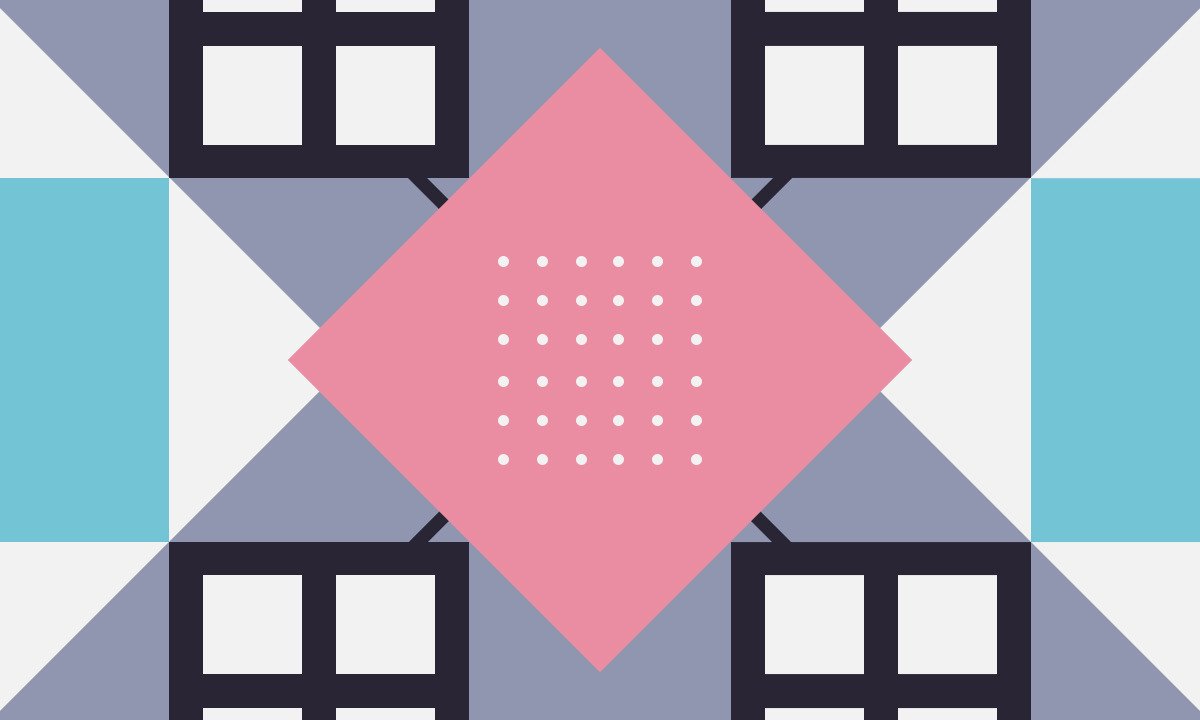GRATIS
Acerca de este curso
Module 1- An Introduction to Design
- 1.1 Module Description
- 1.2 LEC 1:An Introduction to Design
- 1.3 LEC 2:The many notions of design
- 1.4 LEC 3:Design as a process and a product
- 1.5 ALM1: Why Design Matters
- 1.6 ALM 2: Design Matters- Doing better with Less
- 1.7 LEC 4:The evolution of design
- 1.8 LEC 5:Design engages with many disciplines
- 1.9 LEC 6:Design is concerned with the user
- 1.10 LEC 7:Good design, bad design
- 1.11 Reference Material
- 1.12 Assignment- module1
- 2.1 Module Description
- 2.2 LEC 1: Users and Contexts
- 2.3 ALM 1: User Centered Design- Don Norman
- 2.4 LEC 2: Multiple users, differing contexts
- 2.5 ALM 2: Lucky Iron Fish: A simple solution for a global problem
- 2.6 LEC 3: Understanding user experience
- 2.7 ALM 3: Three laws of user experience
- 2.8 LEC 4: Design for a meaningful impact
- 2.9 Reference Material
- 2.10 Assignment-Module2
- 3.1 Module Description
- 3.2 LEC 1: Design and Society
- 3.3 ALM 1:Living Root Bridges of Meghalaya
- 3.4 LEC 2: Community and Collaboration
- 3.5 ALM 2: In the Forest Hangs a Bridge
- 3.6 LEC 3: Understanding Contexts
- 3.7 LEC 4: Knowledge and Access
- 3.8 ALM 3: The new bionics that let us run, climb and dance
- 3.9 LEC 5: Meeting Needs: Necessity or Luxury?
- 3.10 LEC 6: Function, Context and Consequences
- 3.11 Reference Material
- 3.12 Assignment-Module3
- 4.1 Module Description
- 4.2 LEC 1: Design & Sustainability
- 4.3 ALM 1: The Story of Stuff
- 4.4 LEC 2: The cost of looking the other way
- 4.5 ALM 2: Sir Terry Leahy: Lean Thinking
- 4.6 LEC 3: Sustainability practices in daily life
- 4.7 LEC 4: The perspective of engineering
- 4.8 LEC 5: Understanding embodied energy
- 4.9 LEC 6: The user’s role in sustainability
- 4.10 LEC 7: Framing the world’s future
- 4.11 Reference Material
- 4.12 Assignment-Module4
- 5.1 Module Description
- 5.2 LEC 1: Design & industry
- 5.3 LEC 2: Understanding varied user needs
- 5.4 ALM 1: Objectified: Smart Design OXO Good Grips Story
- 5.5 LEC 3: Success through new materials and manufacturing
- 5.6 LEC 4: Pushing the boundaries of mass production
- 5.7 ALM 2: In The Beginning Was The Bentwood Chair
- 5.8 LEC 5: A Classic chair for all times
- 5.9 LEC 6: Breaking familiar assumptions
- 5.10 Reference Material
- 5.11 Assignment- module 5
- 6.1 Module Description
- 6.2 LEC 1: Design & Collaboration
- 6.3 ALM 1: Pixar 2014 The Power of Teamwork Short Film
- 6.4 LEC 2: Team work
- 6.5 ALM 2: Assistive Technology Design Collaboration
- 6.6 LEC 3: Collaborating with unlikely partners
- 6.7 ALM 3: Weidner Architectural Signage - Design Build Collaboration Case
- 6.8 LEC 4: Principles of collaboration
- 6.9 ALM 4: Cultivating Collaboration
- 6.10 LEC 5: Design thinking
- 6.11 ALM 5: Design Thinking Ideation, Experimentation, Prototyping and Test
- 6.12 LEC 6: Feedback and assessment
- 6.13 Reference Material
- 6.14 Assignment- module 6
- 7.1 Module Description
- 7.2 LEC 1: Innovation by Design
- 7.3 LEC 2: Facilitating the reach of a traditional craft
- 7.4 LEC 3: Pitfalls of innovation
- 7.5 ALM 1: Jaipur Foot
- 7.6 LEC 4: The seven concerns of innovation
- 7.7 LEC 5: From a concern to a palki
- 7.8 ALM 2: Out of Poverty: Paul Polak on Practical Problem Solving
- 7.9 LEC 6: A little design goes a long way
- 7.10 Reference Material
- 7.11 Assignment- module 7
Cursos relacionados

GRATIS Aprendiendo a aprender: Poderosas herramientas mentales…
Deep teaching solutions
Español

GRATIS Programación para todos (Introducción a Python)
University of Michigan
Inglés

GRATIS The Science of Well-Being
Yale
Inglés

GRATIS Negociación exitosa: Estrategias y habilidades esenciales
University of Michigan
Inglés

GRATIS Primeros Auxilios Psicológicos (PAP)
Universitat Autónoma de Barcelona
Español



